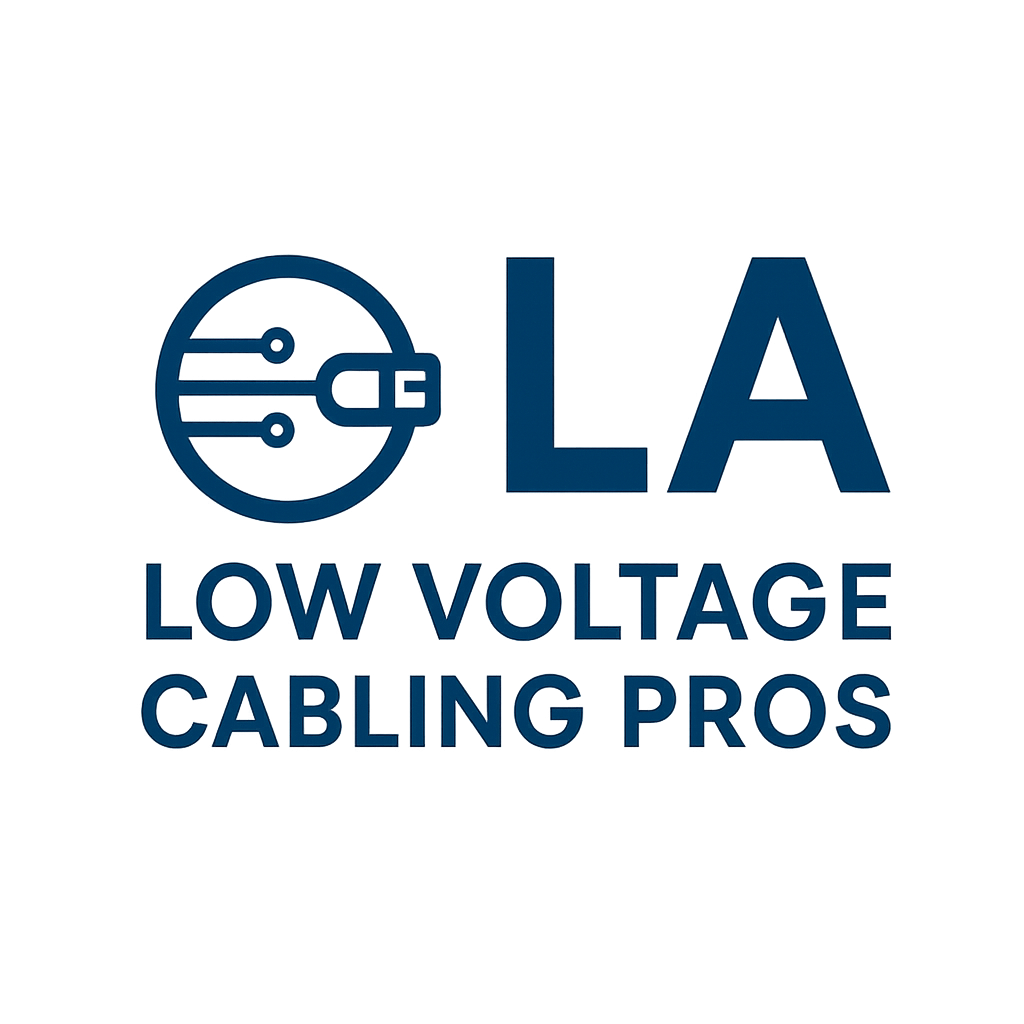Fiber Optic vs Copper Cabling: Which Is Better for Your Network?
If you’re planning to upgrade your network infrastructure, you’ve probably come across the debate between fiber optic and copper cabling. Both options play a major role in modern communication systems — but which one is best for your home, business, or commercial project?
In this guide, we’ll break down the key differences between fiber and copper cabling, including speed, distance, reliability, cost, and more, to help you make the right choice for your network setup. Choosing between fiber optic and copper wiring depends on your network needs, installation budget, and long-term performance goals. A trusted low voltage cabling contractor in Los Angeles can help you determine which option suits your business best.
What Is the Difference Between Fiber Optic and Copper Cabling?
The main difference lies in how they transmit data.
- Copper cables (like CAT5e, CAT6, or CAT6a) use electrical signals to transfer information through twisted pairs of copper wires.
- Fiber optic cables use light pulses transmitted through strands of glass or plastic fibers.
This fundamental difference impacts everything from speed and distance to cost and performance.
Speed and Bandwidth: Fiber Takes the Lead
When it comes to speed, fiber optic cabling clearly outperforms copper. Fiber can handle data rates of 10 Gbps, 40 Gbps, and even 100 Gbps, depending on the type of cable and equipment used.
Copper cables, while reliable, are limited by electrical resistance and signal interference. For example, CAT6 cables support up to 10 Gbps, but only over short distances.
If your network requires high-speed data transfer, video conferencing, or large file sharing, fiber optic cabling is the way to go.
Distance and Signal Strength
Fiber optic cabling offers superior signal strength over long distances. Because it transmits data as light rather than electricity, it’s immune to electromagnetic interference (EMI) and can carry signals for miles without degradation.
Copper, on the other hand, experiences signal loss over distance. Typically, copper Ethernet cables are limited to 328 feet (100 meters) before performance starts to drop.
For large campuses, multi-story buildings, or wide-area networks, fiber provides a more stable and scalable solution.
Reliability and Interference Resistance
Fiber optic cables are not affected by electrical interference, temperature changes, or harsh environmental conditions. This makes them ideal for industrial environments, data centers, and high-security applications.
Copper cables are more susceptible to EMI, crosstalk, and signal degradation, especially when installed near electrical equipment or power lines. Proper shielding and grounding can reduce these effects, but fiber remains the more dependable option overall.
Installation and Cost Considerations
When it comes to cost, copper cabling typically has a lower upfront installation price. It’s easier to terminate, test, and install — making it a popular choice for small to mid-sized networks.
Fiber optic cabling, while more expensive initially, offers long-term savings through:
- Lower maintenance requirements
- Fewer performance issues
- Future-proof scalability for high-speed demands
In California, for example, many businesses are now upgrading to fiber cabling to prepare for increased bandwidth needs and emerging technologies. Both copper and fiber systems play vital roles in building strong network backbones. Learn how an IT infrastructure cabling company in LA can design a system that supports your organization’s connectivity goals.
Durability and Longevity
Fiber optic cables are thinner, lighter, and resistant to most environmental factors, giving them a longer lifespan. Copper cables are durable but more prone to corrosion and signal loss over time.
If you want a network that will stay efficient for the next decade or more, fiber is a smart investment.
Security and Data Protection
Because fiber optic cables transmit light rather than electricity, they’re virtually impossible to tap without detection. This makes them the preferred choice for organizations that prioritize data security, such as financial institutions and government facilities.
Copper cabling, while still secure, is more vulnerable to data breaches or unauthorized monitoring if not properly protected.
When Copper Cabling Is Still a Good Choice
Despite fiber’s advantages, copper cabling isn’t obsolete. It’s still an excellent choice for:
- Short-distance connections (e.g., within an office floor)
- Budget-conscious installations
- Devices requiring PoE (Power over Ethernet) like IP cameras or access points
- Temporary or small-scale networks
If your setup doesn’t demand extremely high speeds or long-distance connectivity, copper can still deliver strong and reliable performance. Beyond performance, safety and compliance matter. Check out the advantages of plenum-rated cable to understand why these cables are preferred in many commercial installations.
Choosing the Right Cabling for Your Needs
Here’s a quick comparison summary:
| Feature | Fiber Optic Cabling | Copper Cabling |
|---|---|---|
| Data Transmission | Light signals | Electrical signals |
| Speed | Up to 100+ Gbps | Up to 10 Gbps |
| Distance | Several miles | Up to 100 meters |
| Interference | Immune to EMI | Susceptible to EMI |
| Installation Cost | Higher upfront | Lower upfront |
| Maintenance | Minimal | Moderate |
| Security | Very high | Good, but lower |
| Best For | Data centers, large businesses, long runs | Offices, homes, PoE devices |
If you need speed, security, and future scalability — go with fiber.
If you need cost-effective, short-range connectivity — copper is a solid choice.
Upgrade Your Network with Expert Cabling Solutions
Whether you choose fiber optic or copper cabling, having it installed by a licensed and experienced professional ensures performance, safety, and compliance with California’s building codes.
A professional installer can help you:
- Assess your bandwidth and distance needs
- Design a scalable cabling layout
- Ensure your system meets TIA and ANSI standards
- Provide testing and certification for every cable run
If you’re ready to modernize your network, contact your trusted fiber and copper cabling experts today to find the best solution for your home or business.
